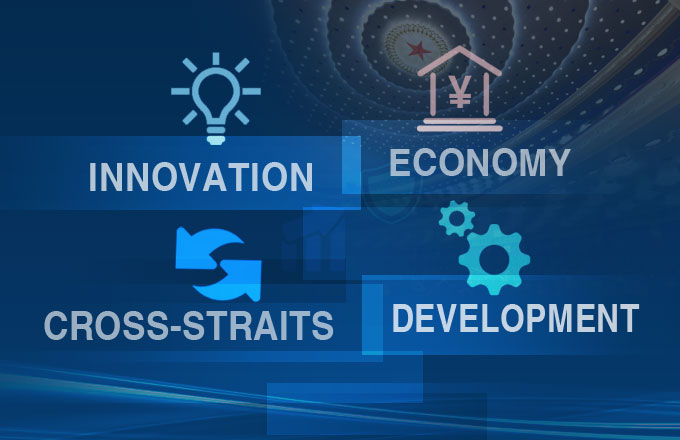Deep-sea vehicle sets its sights on ocean trenches
A domestically developed unmanned submersible designed to explore as deep as 11,000 meters under the sea is expected to start deep-sea trials by 2020, researchers said on Tuesday.
Shanghai Jiao Tong University, which has been working on the development of the new autonomous underwater vehicle, said that the trial will be carried out in the Pacific Ocean's Mariana Trench, in a ravine called Challenger Deep.
"The deep-sea submersible is an essential tool for humans to explore the deepest ocean area and develop marine resources. But to dive 11,000 meters below sea level, the vehicle should not only have the ability to deal with more complex terrain, more powerful currents and waves, but also behave with great stability and security," said Zhang Weigang, Party chief of the university's School of Naval Architecture, Ocean and Civil Engineering.

According to Ge Tong, a professor at the university who led the research, the deep-sea submersible will be equipped with a comprehensive navigation system, which ensures the submersible maintains its direction even in deep sea environments.
As the remotely operated vehicle reaches the seabed, it will detect information from the deep sea, such as the location of tiny marine pipeline leaks, in the extreme ocean environment to prevent possible disaster, according to the research team.
Such a vehicle will enlarge the scale of research, and in the near future, we should be able to draw a picture of the sea at a depth of 10,000 meters, Ge said.
It is not the country's first autonomous underwater vehicle. The Chinese Academy of Sciences and Harbin Engineering University have developed the unmanned Qianlong AUVs. Qianlong-1, designed with the capability to travel to a depth of 6,000 meters, dove to 5,213 meters in the eastern Pacific Ocean in 2014.
Meanwhile, China's manned submersible Jiaolong made a record dive to 7,062 meters in 2012.
The team at Shanghai Jiao Tong University has also carried out research and development for remote operation vehicles, such as Hailong 02, a remotely operated vehicle that can operate at a depth of 3,500 meters.
The area of sea with depths from 6,000 to 11,000 meters is known as the hadal zone, the deepest part of the ocean. Scientific research in the Hadal zone focuses on sea ecology, marine geology and living beings, and is the most cutting-edge research in international earth science, especially marine science.
In 2016, the Ministry of Land and Resources issued a strategic plan, stating that the country will build its exploration abilities in the deep sea in the next five years. In the same year, the Ministry of Science and Technology also promoted a series of projects for key deep-sea technologies and equipment to boost the research and development of deep-sea submersibles.
Developed by Shanghai Jiao Tong University, this project will fill in the technology blank in China's deep-sea unmanned submersible applications. It will eventually form a comprehensive exploration technology system, and establish full deep-sea scientific investigation and sampling abilities, Zhang said.
"It will provide the necessary equipment and technical support for the country to obtain firsthand deep-sea biological, environmental and geological research samples and data, and promote the development of Chinese deep-sea science and technology," Zhang said.


















